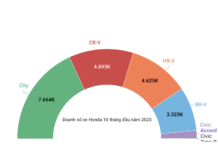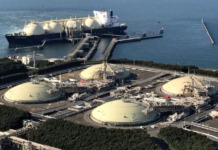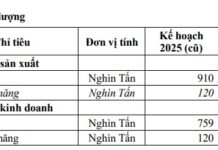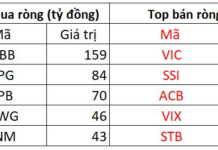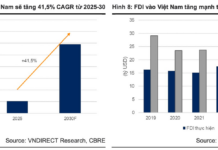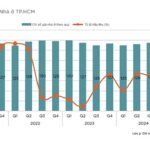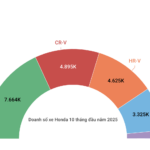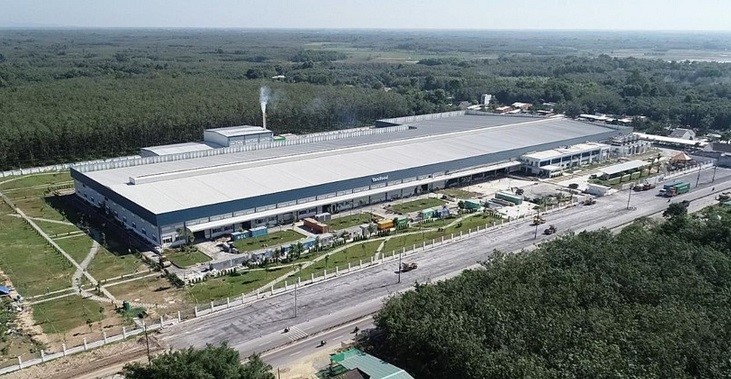
The Minh Sơn Industrial Cluster (IC) spans 55 hectares with a projected investment of over 457.6 billion VND. Illustrative image.
The People’s Committee of Lạng Sơn Province has issued a decision to establish the Minh Sơn Industrial Cluster in Tuấn Sơn Commune, Hữu Lũng District, marking a significant step in the province’s industrial expansion strategy for 2025–2030.
According to the decision, the Minh Sơn IC covers 55 hectares with an estimated investment of over 457.6 billion VND. The infrastructure development will be led by Phú Hưng Phát Infrastructure Investment and Development JSC and Thành Nam Urban Investment and Development JSC.
The cluster aims to attract industries in processing, manufacturing, and supporting sectors aligned with local agricultural and forestry strengths. These include food production, assembly of agricultural machinery, small-scale mechanics, textiles, footwear, innovative construction materials, medical equipment, and logistics warehousing. The goal is to create a diversified industrial hub supporting rural industrialization and modernization in southern Lạng Sơn.
The project is scheduled for completion and operation by Q4/2027, with a 50-year operational period from the investment approval date.
Provincial authorities have directed relevant departments to monitor progress and ensure compliance with regulations on investment, construction, land use, environmental protection, and fire safety.
Tuấn Sơn Commune will publicly announce the investment plan, coordinate land clearance, and ensure legal compliance. Developers are tasked with finalizing detailed construction plans, executing infrastructure works, and attracting secondary investors for production and business activities.
The Minh Sơn IC is part of Lạng Sơn’s 2021–2030 Industrial Development Plan, envisioning 38 clusters totaling 1,952 hectares by 2050. To date, 10 clusters have been established, with 7 having 1:500 detailed plans. One is operational, three are under construction (Đình Lập, Hồ Sơn 1, Bắc Sơn 2), and the remainder are preparing for infrastructure development.
From 2026–2030, Lạng Sơn will intensify efforts to develop key industries, foster regional production networks, and establish new clusters covering approximately 319.5 hectares.
High-Speed North-South Railway Project Review: Đà Nẵng Segment Spotlight
Following an on-site survey, the People’s Committee of Da Nang City has directed relevant units and localities to urgently conduct a thorough and detailed review and assessment of the route alignment and resettlement areas associated with the North-South High-Speed Railway Project segment passing through the region.
Elevating Ho Chi Minh City to a Premier Regional Hub in Southeast Asia
Ho Chi Minh City must accelerate the development of its urban rail network to solidify its position as a leading international financial hub, rivaling the major cities of Southeast Asia.
Latest Updates on the Ho Chi Minh City – Can Tho – Ca Mau Railway Investment
The proposed Ho Chi Minh City – Can Tho – Ca Mau railway line, envisioned by a leading enterprise, promises a transformative transportation network. This ambitious project envisages a double-track, electrified system with a standard gauge of 1,435mm, catering to both passenger and freight services. Designed for speeds ranging from 200 to 250 km/h, this railway aims to revolutionize connectivity across Southern Vietnam.
Cần Giờ No Longer Stands Alone
Experts believe that following Ho Chi Minh City’s administrative boundary expansion, Can Gio is entering a new phase of development with a significantly enhanced status compared to before. When integrated into the city’s overall development plan, Can Gio will emerge as a crucial link in the interconnected urban-coastal tourism chain, which includes Can Gio – Vung Tau – Long Hai – Ho Tram.
How Can We Stabilize and Control Rising Home Prices in Ho Chi Minh City?
Amidst the soaring property prices in Ho Chi Minh City, the solution to affordable housing may not solely lie in the price tag but in the strategic long-term planning and distribution of residential areas.


